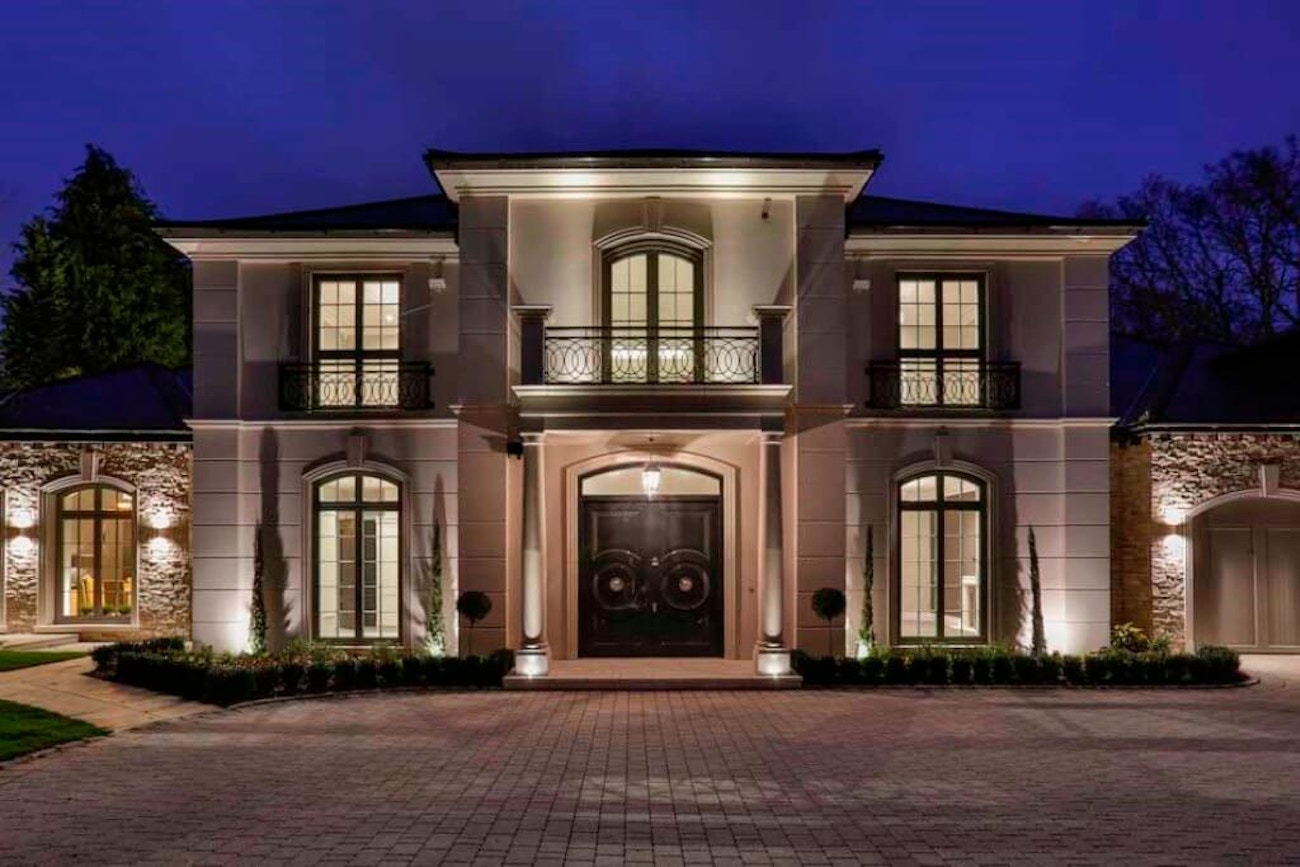If you’ve been exploring ways to enhance your space with lighting, you’ve probably stumbled across the phrase ‘architectural lighting design’. But are you aware of the difference between standard lighting design and architectural lighting design, what architectural lighting design involves, and why it plays such an important role in transforming homes and businesses?
Architectural lighting design goes above and beyond standard lighting design. Here’s why and how.
The aim of standard lighting design is to allow us to see clearly and without discomfort. The same goes for architectural lighting design, but there’s a big difference. Architectural lighting design also focuses on enhancing the design of buildings and other physical structures using light. This can be done with natural light, electric light or the combination of both.
Architectural lighting design relies on three fields in order to produce superior lighting solutions, and all three are equally as important. Architecture, interior design, and electrical engineering.
Now that we’ve covered what architectural lighting design is, let’s dive into why it’s so important.
Why is architectural lighting design important?
Lighting can bring an emotional value to architecture and plays a vital role in the way people experience buildings and structures. Whether it’s natural or artificial lighting, light draws attention to features, textures, colours and shapes to help architecture reach its true purpose.
The concept of architectural lighting design
In order to create a successful balance between lighting and architecture, there are three main aspects involved. The aesthetics, function, and efficiency.
Aesthetics
The aesthetics of architectural lighting design is where designers and architects focus on the visual impact the balance of lighting and architecture will have on people. They determine how they want individuals to feel when they enter and move around a given space. The aesthetics are extremely important when it comes to hospitality lighting, such as restaurants, bars and leisure complexes. Why? The right lighting will create the perfect atmosphere, helping to attract your target customers.
Function
The function of lighting cannot be ignored. Of course, we want architectural lighting to look fantastic, but we need to ensure it serves its main purpose – to help us see. The floors and walls should be illuminated properly to allow safe navigation through a room or when entering a building. This creates the feeling of reassurance.
Efficiency
With the ever-growing concern for the health of our environment, sustainability must be considered when designing architectural lighting. This can be achieved using energy-efficient LEDs, making sure light is reaching its target for minimum wasted light, and remembering that the quality of light is more important than quantity.
If you’d like to discuss your architectural lighting design project with an expert, contact Hampshire Light today and book your complimentary online design consultation.



